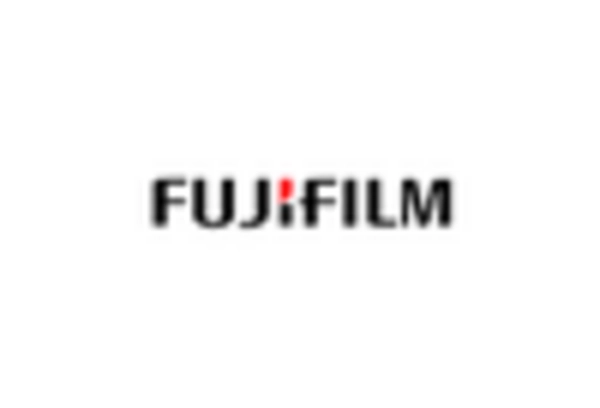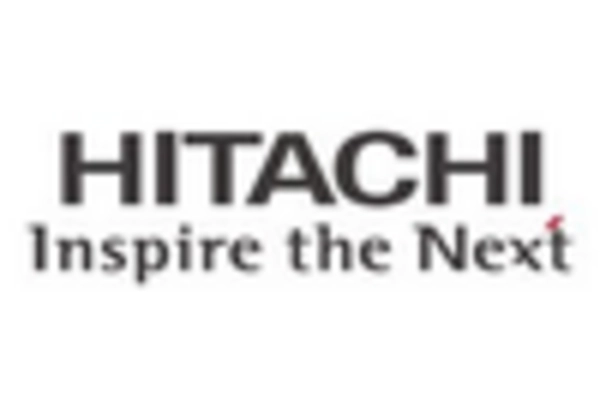Aging Population
The demographic shift towards an aging population in the US is significantly impacting the medical imaging market. As individuals age, they are more susceptible to various health issues that require diagnostic imaging. The US Census Bureau projects that by 2030, all baby boomers will be over 65 years old, leading to an increased demand for imaging services. This demographic trend suggests that healthcare facilities will need to invest in advanced imaging technologies to cater to the growing number of elderly patients. Furthermore, the medical imaging market is likely to benefit from the rising need for routine screenings and diagnostic procedures, which are essential for managing age-related health conditions.
Increased Healthcare Expenditure
Rising healthcare expenditure in the US is a crucial driver for the medical imaging market. As healthcare budgets expand, hospitals and clinics are more likely to invest in state-of-the-art imaging equipment and technologies. According to the Centers for Medicare & Medicaid Services, national health spending is projected to grow at an average rate of 5.4% annually, reaching nearly $6 trillion by 2027. This increase in funding allows healthcare providers to upgrade their imaging capabilities, ensuring they can meet the growing demand for diagnostic services. Consequently, the medical imaging market is expected to flourish as facilities enhance their imaging infrastructure to provide better patient care.
Rising Incidence of Chronic Diseases
The medical imaging market is experiencing growth due to the increasing prevalence of chronic diseases such as cancer, cardiovascular disorders, and diabetes in the US. As these conditions become more common, the demand for advanced imaging technologies rises, facilitating early diagnosis and effective treatment planning. According to recent data, chronic diseases account for approximately 70% of all deaths in the US, underscoring the need for reliable imaging solutions. This trend is likely to drive investments in imaging technologies, as healthcare providers seek to enhance diagnostic accuracy and improve patient outcomes. Consequently, the medical imaging market is poised for expansion, with a projected growth rate of around 6% annually over the next few years.
Growing Focus on Personalized Medicine
The shift towards personalized medicine is influencing the medical imaging market by emphasizing the need for tailored diagnostic approaches. Personalized medicine relies on advanced imaging techniques to provide insights into individual patient conditions, enabling healthcare providers to develop customized treatment plans. This trend is particularly evident in oncology, where imaging plays a critical role in assessing tumor characteristics and treatment responses. As the medical community increasingly adopts personalized medicine, the demand for sophisticated imaging modalities is likely to rise. This evolution suggests a promising future for the medical imaging market, as it aligns with the broader movement towards more individualized healthcare solutions.
Technological Integration in Healthcare
The integration of advanced technologies such as artificial intelligence (AI) and machine learning into the medical imaging market is transforming the landscape of diagnostic imaging. These technologies enhance image analysis, improve diagnostic accuracy, and streamline workflows in healthcare settings. For instance, AI algorithms can assist radiologists in identifying abnormalities more efficiently, potentially reducing the time required for diagnosis. The market for AI in medical imaging is expected to grow significantly, with estimates suggesting a compound annual growth rate (CAGR) of over 30% in the coming years. This technological evolution indicates a shift towards more precise and efficient imaging solutions, thereby driving the overall growth of the medical imaging market.

















Leave a Comment